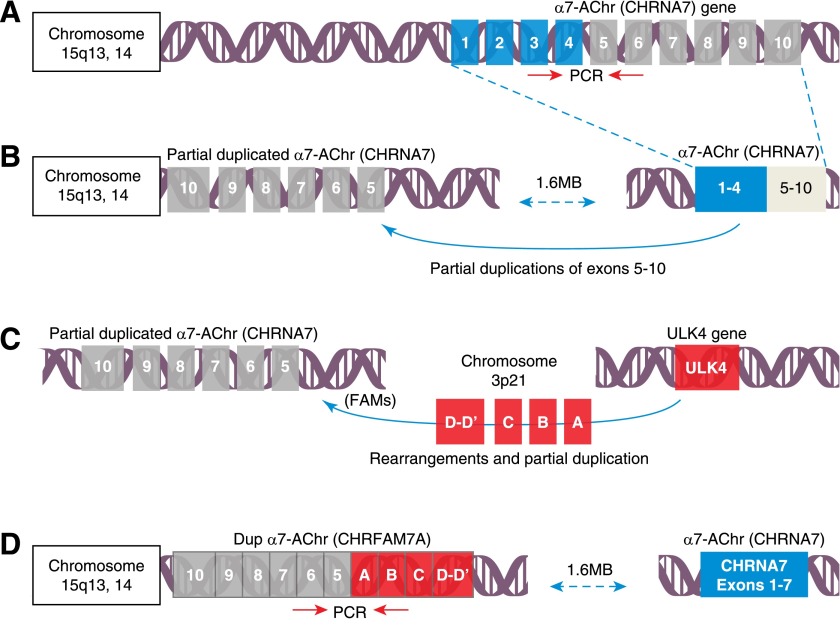Figure 3. Discovery of the partially duplicated human α7nAChR.
As illustrated (A) α7nAChR/CHRNA7, the human gene encoding the α7nAChR, is localized to chromosome 15q13,14, where it spans 10 exons. In 1 evolution mechanism, it is assumed that shortly after the divergence of humans from other primates, a rearrangement and perhaps simultaneously, a partial duplication of the CHRNA7 gene (B) occurred, ∼1.6 MB 5′ from the original gene. Shortly thereafter, several partially duplicated DNA sequences, including parts the ULK4 kinase of chromosome 3, rearranged in several copies onto the q13,14 locus of chromosome 15 (C). One copy derived from FAM7 duplicated and rearranged 3′ to the partially duplicated gene encoding exons 5–10 of the α7nAChR gene on chromosome 15 to create a new hybrid gene, called dupα7nAChR (D), now CHRFAM7A. To differentiate mRNA expression, it is critical to use primers that hybridize unique sequences at junctions (as illustrated by red arrows).

